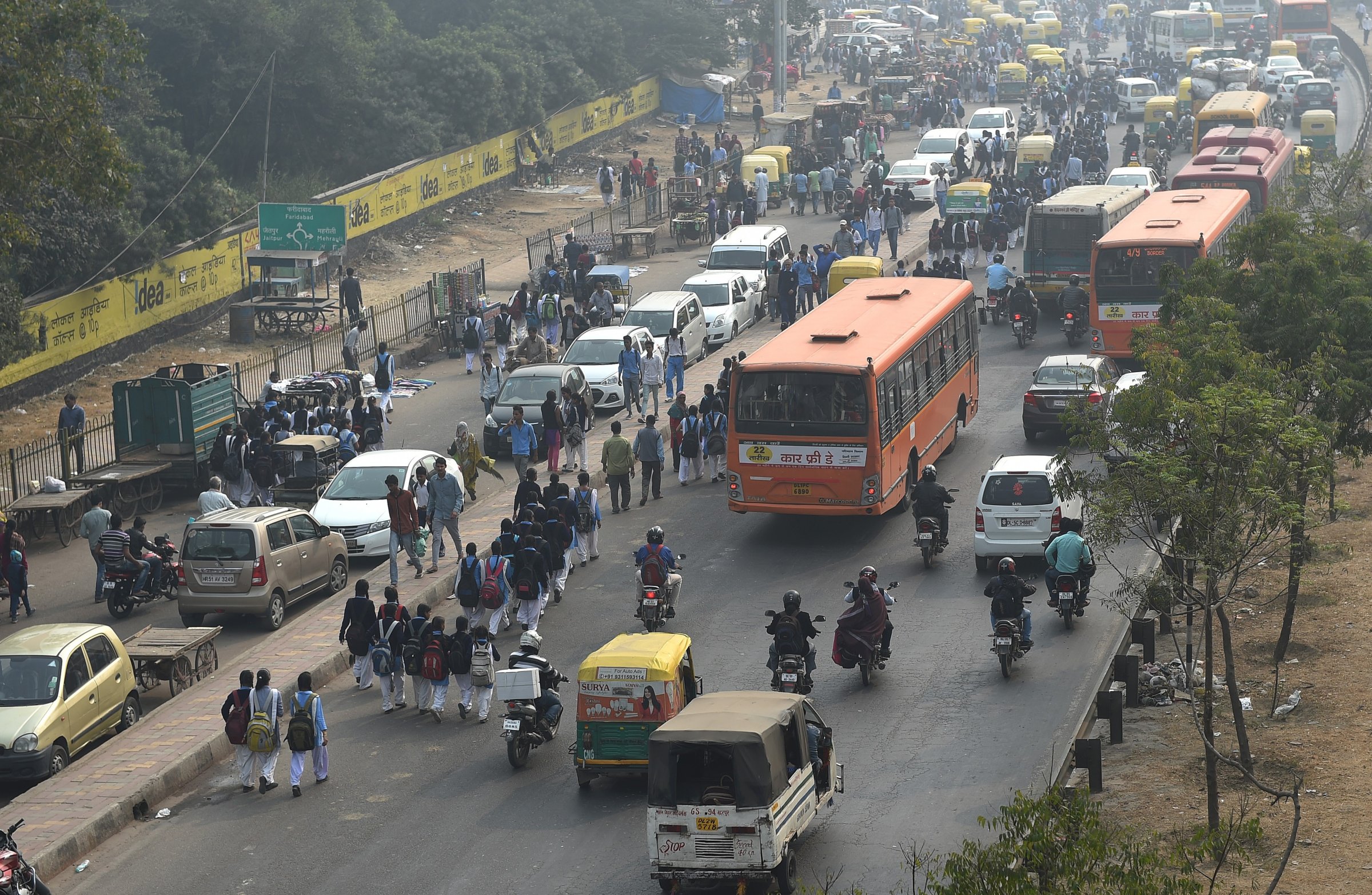
As the world’s leaders congregated in Paris to discuss solutions to global warming, two of its biggest cities encountered some of the worst pollution they have seen in recent times — with significantly different government reactions.
While authorities in China’s capital Beijing issued an “orange alert,” warning citizens to stay inside and suspending outdoor activities in schools, there was no such warning given in India’s capital New Delhi, the Times of India newspaper reported.
True, Beijing’s particulate-pollution (PM 2.5) levels crossed 600 micrograms per cubic meter on Monday — over 24 times the World Health Organization’s permissible threshold — but the Indian capital was not far behind with its most polluted neighborhood showing readings of around 530.
The problem is that Delhi has no formal mechanism for issuing pollution-related alerts to its citizens, despite being deemed the world’s most polluted city by some measures.
At the climate talks in Paris, meanwhile, Indian Prime Minister Narendra Modi placed the responsibility of mitigating global pollution squarely on the world’s richer and more developed nations, repeating India’s long-held stance that Western countries should ratify the Kyoto Protocol.
More Must-Reads from TIME
- Inside Elon Musk’s War on Washington
- Meet the 2025 Women of the Year
- Why Do More Young Adults Have Cancer?
- Colman Domingo Leads With Radical Love
- 11 New Books to Read in Februar
- How to Get Better at Doing Things Alone
- Cecily Strong on Goober the Clown
- Column: The Rise of America’s Broligarchy
Write to Rishi Iyengar at rishi.iyengar@timeasia.com